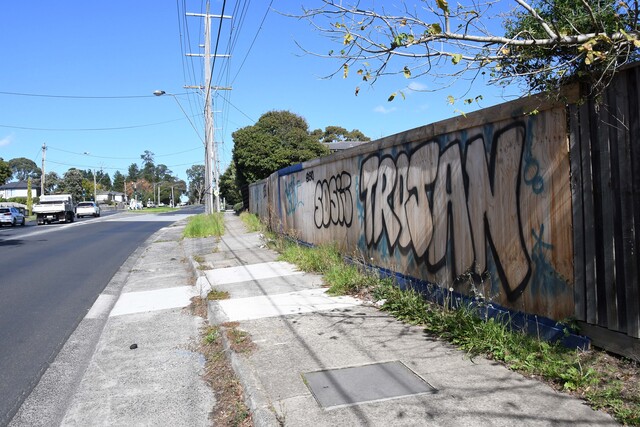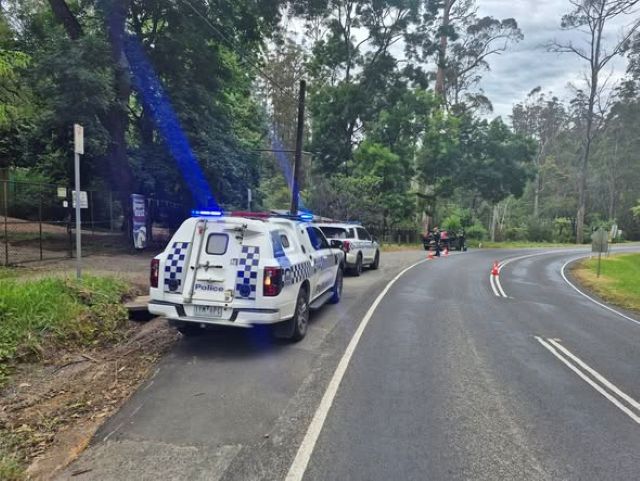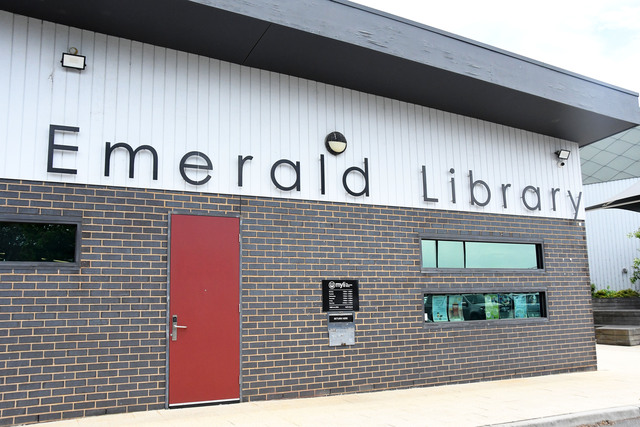A planning application for a townhouse development in Wantirna was knocked back unanimously by Knox Council at their recent meeting on 28 April.
The appropriateness of the development was questioned, with councillors pointing out unmet standards, landscaping issues and accessibility issues.
The application had been lodged with the Council for the construction of 24 dwellings and the alteration of access to a road in a Transport Zone 2 (TRZ2) at 276 Wantirna Road, Wantirna, which was previously a maternal child and health centre.
Councillor Duncan moved to refuse the planning application, citing non-compliance with the Knox planning scheme.
“I’d like to preface this by saying that I’m not against the development of this site, and neither do I think that the residents of the area are,” he said.
“It’s completely suited to a multi-townhouse style development, but I do believe that the proposal does not sufficiently comply with the Knox planning scheme in order to be granted a planning permit at this time.”
The development proposal is set to build 24 townhouses – six two-bed dwellings, seventeen three-bed dwellings and one four-bed dwelling.
The western half of the development on Bellbird Drive was planned to be double-storey, while the eastern half on the Wantirna Road side was designed with triple-storey dwellings.
With 246 lodged objections, Cr Duncan said councillors only received the Planning Officers’ report on Wednesday 24 April, which only gave councillors minimal time to make additional enquiries.
The councillor highlighted some of his main issues for objection, namely that the plans do not meet the neighbourhood character, a lack of diversity for the development and issues with landscaping.
Cr Duncan also pointed out that accessibility plans were lacking.
“This is a fantastic opportunity, being 24 dwellings being put on the site to actually make some of these properties accessible for people with limited mobility,” he said.
“It doesn’t even meet the minimum requirements.”
“The design of these townhouses is not designed for people with limited mobility in mind, given that everything is upstairs, so it falls short of that application.”
Councillors discussed the development application and gave thanks to Councillor Duncan for his research on the matter.
They then voted unanimously against it.
Councillor Paige Kennet took to social media after the meeting and said she attended a Planning consultative committee in December last year between developers and residents to discuss key concerns with the proposed development.
“A number of changes were made, including reducing development from 28 to 24 dwellings, however, the feedback we received from residents was there were still concerns,” she wrote.
“From here, the applicant can apply to VCAT, or consider changes to the proposed development.”
“I hope that the developer will consider changes to the proposal which deliver a development that responds to neighbours and residents affected, while delivering housing that is suitable and appropriate.”







